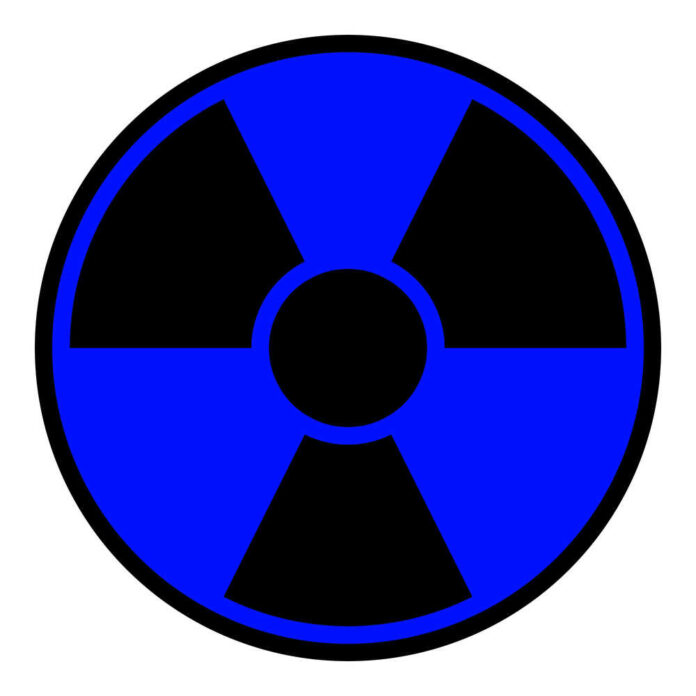
(Gohealthier.com)
Thanks to concerned citizens, scientists, journalists, and social media, we are all keenly aware that we are constantly surrounded by carcinogens (cancer-causing substances) on a daily basis. Apps have even been designed to help us avoid these toxic substances in our foods and beauty products, and although the FDA and EPA have put stricter regulations on carcinogenic products, several potential carcinogens can still be found in everyday homes. Some of these may be present in common household products or result from environmental factors. Here are 10 carcinogens that may be found in your home:
1. Formaldehyde:
• Found in building materials like pressed wood, insulation, and household products like glues, paints, and furniture.
2. Benzene:
• Commonly found in cigarette smoke, vehicle exhaust, paints, detergents, and certain plastics.
3. Asbestos:
• Used in older homes for insulation, floor tiles, and roof materials. Asbestos fibers can be inhaled if disturbed, increasing the risk of lung cancer.
4. Radon:
• A naturally occurring radioactive gas that can seep into homes from the ground, particularly in areas with high radon levels. It is the second leading cause of lung cancer after smoking.
5. Phthalates:
• Found in plastic products, personal care items (like lotions and shampoos), and vinyl flooring. They are hormone disruptors and have been linked to cancer.
6. Volatile Organic Compounds (VOCs):
• Found in household cleaners, air fresheners, paints, and adhesives. Long-term exposure to certain VOCs like benzene and formaldehyde can increase cancer risk.
7. Pesticides:
• Used in and around homes for pest control. Some pesticides have been linked to cancers such as lymphoma and leukemia with chronic exposure.
8. Tobacco Smoke:
• Both firsthand and secondhand smoke contain a mix of carcinogens, including benzene, formaldehyde, and polycyclic aromatic hydrocarbons (PAHs).
9. Polycyclic Aromatic Hydrocarbons (PAHs):
• These can form when organic materials like wood or meat are burned. They are found in grilled or smoked foods, as well as in soot and creosote from fireplaces.
10. Parabens:
• Found in cosmetics, personal care products, and some processed foods. Although research is ongoing, some studies suggest that parabens may disrupt hormone activity and contribute to cancer development.
Reducing exposure to these carcinogens involves improving ventilation, choosing natural or safer alternatives for household products, and ensuring regular home maintenance, such as radon testing or asbestos removal if necessary. We are unlikely to eradicate carcinogens from our homes completely, but through awareness and diligence, we can hope to make our homes safer for ourselves and our loved ones.
Copyright 2024, GoHealthier.com














